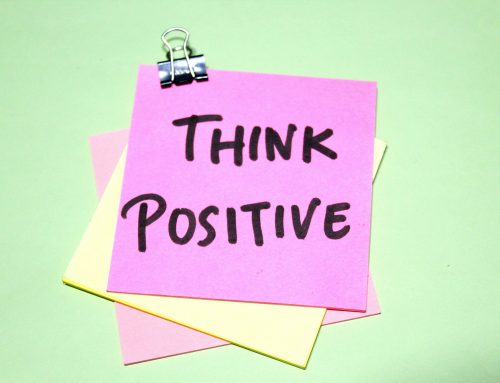You’re a teacher. You get how kids learn. And you know that even though time is short and expectations are high, adding some physical activity into your classroom repertoire is a proven way to make sure your kids are successful. You’re in for the movement challenge, right? Good.
The Movement Challenge
Now we have a challenge for you: Can you make sure your students are moving for 5 minutes every hour during every school day? Just 5 minutes. 300 quick seconds. One-twentieth of an hour.
Can you do it?
If you are anything like the teachers we interviewed for this article, the number sounds a little daunting. You may wonder what will happen, if, say, you are in the middle of a big test and don’t want your kids to lose focus. Or if your math lesson goes long and you have to move into science really quickly before lunch. Or if you get behind in reading and you just can’t afford those measly 5 minutes. Let us reassure you: You can’t afford not to take those 5 minutes.
Success Stories
One fourth grade teacher we talked to told us that she had been hesitant to accept the 5-minutes-an-hour movement challenge because she was worried about time. She knew that when she had a transition—say, math-to-science or lunch-to-social studies—her kids would take 5 or 6 minutes to get refocused. She worried that if she transitioned to 5 minutes of movement and then back to a subject, she would lose too much valuable instruction time. But she found just the opposite. When she began working movement into her lessons—for example, adding 20 jumping jacks between each section of the math assignment—her kids not only transitioned easily but seemed to stay on-task longer.
Another teacher wasn’t sure what exercises her students would do for 5 whole minutes. But with a little bit of research, she was able to set up a movement center in her classroom with items like Clever Catch Activity Balls and Fitness Dice for movement inspiration. She also hung up pictures of a few yoga poses and taught her kids a few basic exercises using the Sworkit app, and voilà! Her kids were moving and grooving with very little effort on her part.
The point is: Accept the Movement Challenge. We think you’ll quickly go from skeptical to a believer. And your students will be learning better, problem-solving more and focusing longer because of it.
Here’s how to get started:
Step 1:
Say it: “I accept! I will implement 5 minutes of physical activity or movement into my classroom every hour in every school day.” There. That was easy.
Step 2:
Get your supplies. In order for the movement challenge to be successful, you have to have easy physical activities on hand for your students. Create a list of equipment-free activities that can be used during transition periods. Pick up a few movement-based games or classroom activities. Download an app like Sworkit or Tabata.
Step 3:
Be unwavering. There will be times when your students are in the middle of something and you don’t want to interrupt them. And there will be times that you just don’t feel like getting up to move. But make a commitment to do it anyway. And see how it works. (Worst-case scenario: Your kids will get a few of their wiggles out before getting back to work.)
Step 4:
Mix it up. Just like you assign a line-leader and a cleanup monitor, assign a classroom movement leader and let your students lead classroom movement time. Who knows? You might learn how to break-dance or master that really tricky yoga pose with some help from your young protégés.
Step 5:
Recruit your co-workers. The more students who are moving, the more successful your school is going to be. So tell your co-workers about the movement challenge! Feel free to share this article with them so that they, too, can join the classroom movement revolution.
Step 6:
Have fun. Classroom movement may be part of the curriculum, but that doesn’t mean it’s not fun. Encourage your kids to lead a healthy, active lifestyle by making your classroom movement time fun and engaging. So put on some music. Mix things up. Let them dance. Let them wiggle. And let them know that movement is an essential part of the learning process.
So are you in? Take the movement challenge!
And come back to us at the end of the school year and let us know what a difference it made in your classroom.








Leave A Comment